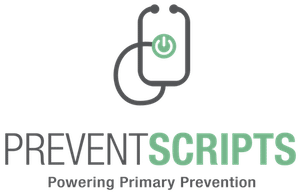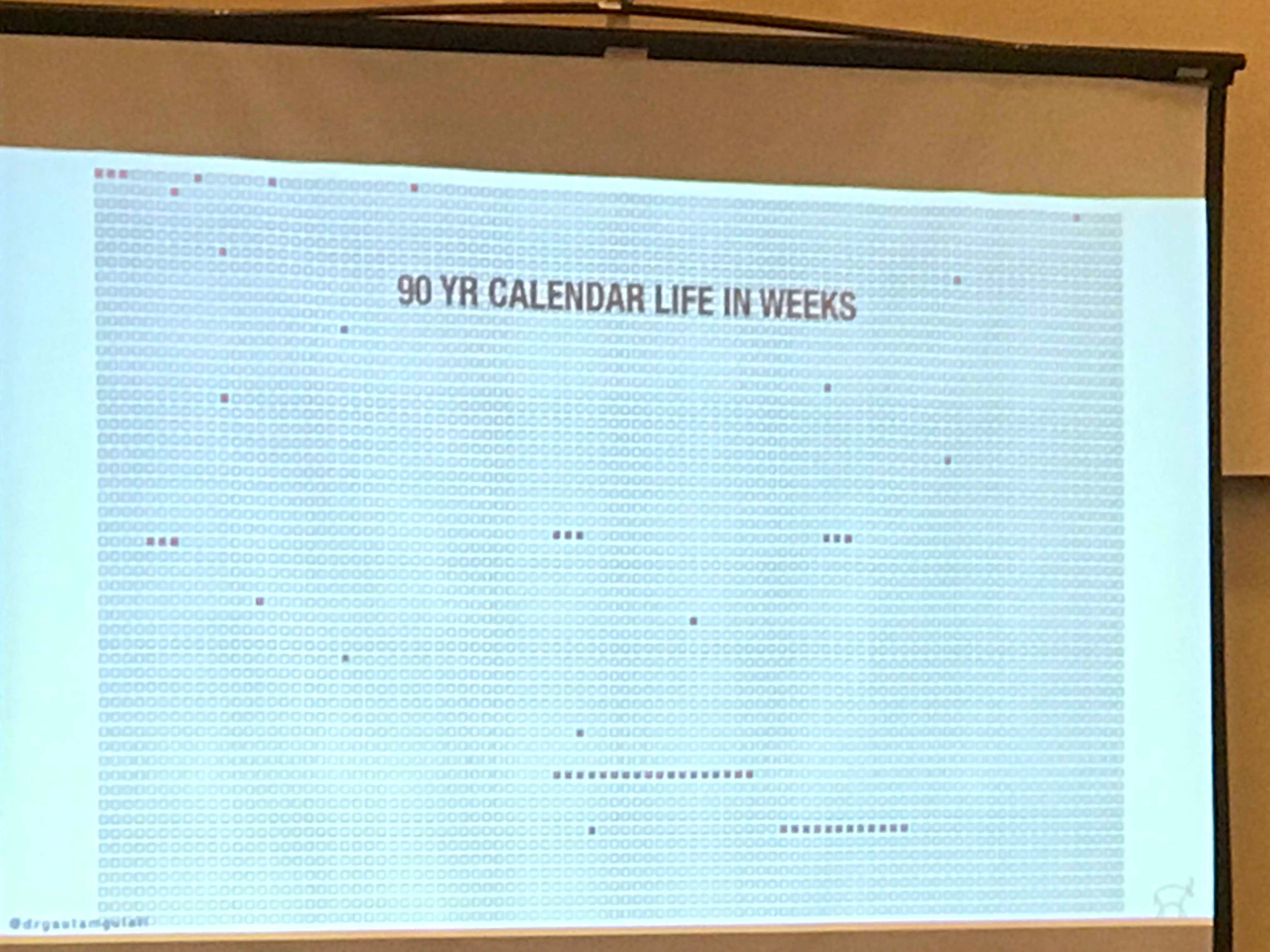I was honored to speak last week at a Pediatric Supergroup Conference hosted by Allied Physicians Group and Physicians Computer Company, a pediatric specific EHR.
For those of you who don't know about Pediatric Supergroups, they are a relatively new phenomenon of independent pediatrics groups in large metro areas joining forces to maintain independent practices, take advantage of economies of scale, and provide value to patients in new and innovative ways.
They are well organized, mostly represent entities who have achieved NCQA Stage 3 Medical Home status, and not only have fully implemented traditional EHR's and portal's, but have very developed patient related content, social media integrations, and blogging platforms. They operate in the interest of the patient, and with the highest level of quality in healthcare.
We heard from experts in Human Resources, IT security, Legal, Consulting, Payment Reform, and Healthcare innovation, as it relates to pediatric care. I was especially excited to hear from Gautam Gulati MD, MPH on innovation. He discussed the number of ongoing threats to medical practice from emerging models in retail medicine, telemedicine, expansion of pediatric clinics into school systems and payer-facing health improvement platforms. We even watched that fated United Healthcare commercial on telemedicine. He showed a fantastic photograph which I feature above. This represents the "blind spot" in healthcare during the time that our patients and families are at home. This visual gives such incredible perspective to us clinicians who think in terms of our own schedules, our own websites, our own business models and all things "patient visits".
Take a look at the visual. The dark dots represent clinic or hospital interactions and the white dots represent the rest of the patient's life. When we shift our focus away from our own clinics and think about what happens when the patient is at home, it allows us to focus on the "blind spots" of care. We used to have patients in the hospital with asthma, pneumococcal pneumonia, hib meningitis, and other acute infections. In pediatrics, things like immunizations and high tech asthma preventive treatments have significantly reduced inpatient census over the last 15 years. Now pediatrics has shifted to providing interventions and care for this blind spot. The best example of remote monitoring in pediatrics is our type one diabetics who use pumps and Continuous Glucose Monitors.
We, in fact, are the highest value and lowest cost providers to start with. Prevention is what we do. As inpatient medicine continues to become less and less of a focus and hospitalists move into that space, primary care providers have an opportunity to focus on our strengths and differentiate our practices from our competition by peeking into that blind spot. What our patients need now is tech enabled behavior change. What would happen if our primary care workforce could deliver normal BMIs? What would that be worth?
In my book, the gift of health for our patients is priceless. And MACRA happens to be built for it.
Won't you join us?
Natalie Hodge MD
Chief Medical Officer
PreventScripts




